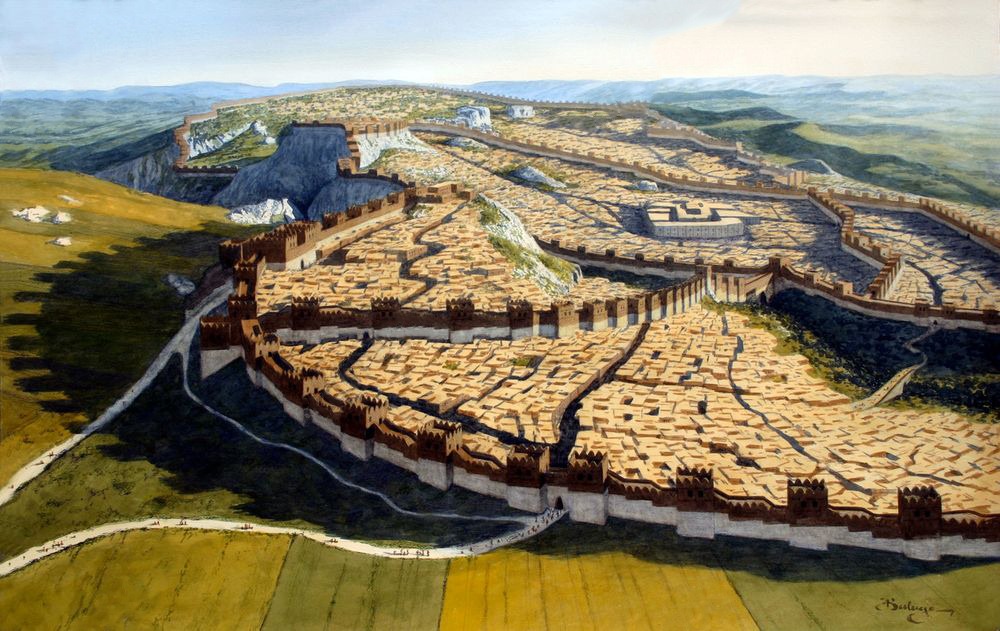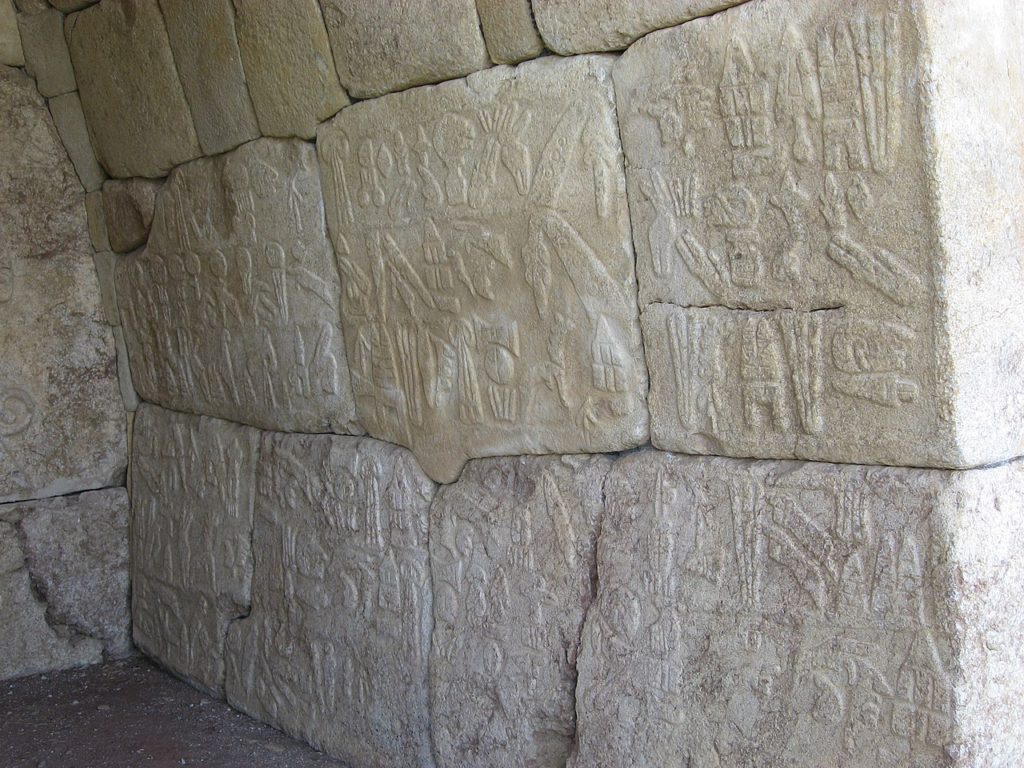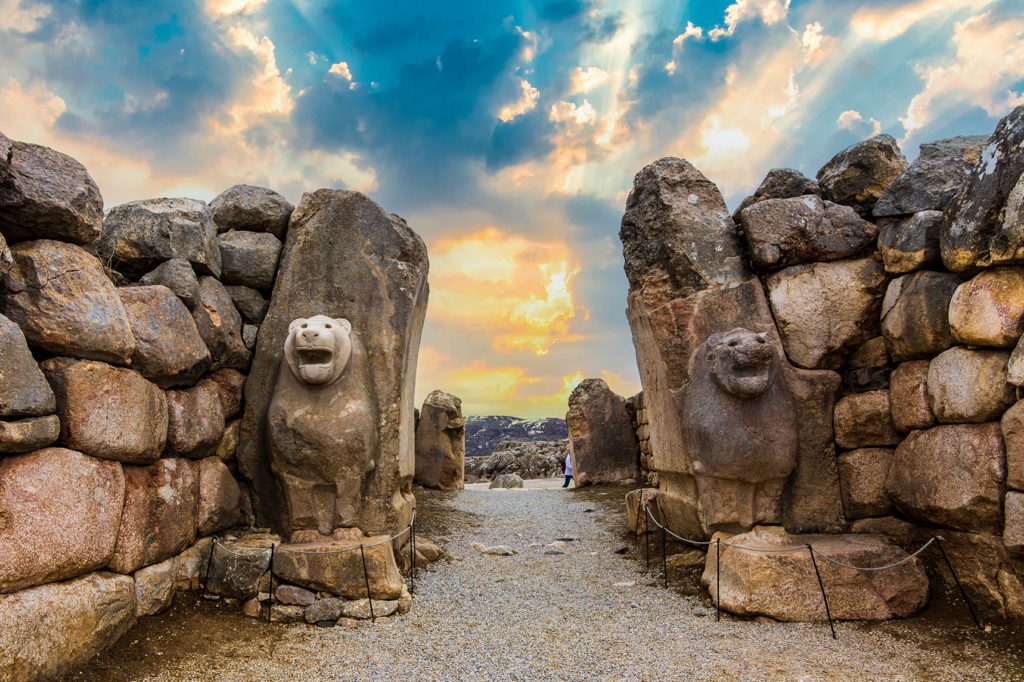Situated amidst the rugged terrain of the Boğazkale District of Çorum in central Anatolia, the ancient city of Hattusa stands as a testament to the grandeur and power of the Hittite Empire. Flourishing during the late Bronze Age, Hattusa served as the political, cultural, and religious heart of one of the most formidable civilizations of its time.
Founded around 1600 BCE, Hattusa rose to prominence under the Hittite kings, reaching its zenith during the reign of Suppiluliuma I (circa 1344–1322 BCE) and later under Hattusili III (circa 1267–1237 BCE). Strategically located in central Anatolia, the city commanded trade routes linking the Mediterranean world with Mesopotamia and the Caucasus, facilitating economic prosperity and cultural exchange.
Designated as a UNESCO World Heritage site since 1986, the archaeological site of Hattusa is a place that is famed for preserving a wealth of ancient temples, fortifications, and royal residences, which offer a fascinating glimpse into the rich history of the Hittite Empire.
One of Hattusa’s most striking features was its imposing fortifications. Encircled by massive stone walls, the city was protected by bastions and gateways adorned with intricate reliefs depicting mythological scenes and divine figures.
The Great Temple, dedicated to the Hittite storm god, Tarhunt, stood as a symbol of religious devotion and architectural prowess. Within its walls, priests conducted elaborate rituals to ensure the empire’s prosperity and divine favor.







Cultural Crossroads
Hattusa was not only a center of political power but also a hub of cultural exchange. The Hittites, renowned for their diplomatic skills, forged alliances with neighboring kingdoms and absorbed influences from diverse civilizations, including the Assyrians, Egyptians, and Hurrians. This cultural synthesis enriched Hittite art, literature, and religion, leaving an indelible mark on the city’s identity.
Despite its prominence, Hattusa’s decline remains shrouded in mystery. Scholars speculate that a combination of factors, including invasions by the Sea Peoples, internal unrest, and ecological changes, contributed to the city’s eventual downfall. Around 1200 BCE, Hattusa was abandoned, its once bustling streets left to the whims of time and nature.
Legacy and Rediscovery
Despite its historical significance, Hattusa remained undiscovered until 1834, challenging earlier perceptions that the Hittite Empire was merely a myth. Today, visitors can explore the ancient city and marvel at its architectural marvels, including large sculptures dating back thousands of years.
Location Map
Sources: Times Travel/UNESCO
Further reading: Hattusa: The Ancient Capital of The Hittites








